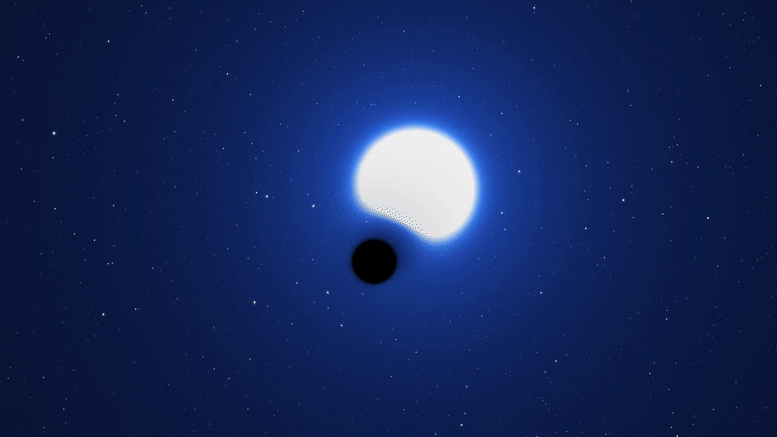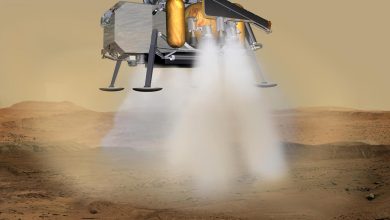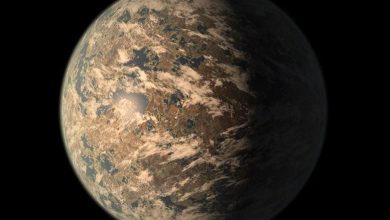Latest Articles
-
Jul- 2022 -18 JulyNanotech

Tiny Motors Take a Big Step Forward: First-Ever Solid-State Optical Nanomotor
Lead Image: Spinning motors. Credit: The University of Texas at Austin Motors are ubiquitous in our everyday lives — from cars to washing machines, even if we rarely notice them. A futuristic scientific field is working on the development tiny motors that could power a network of nanomachines and replace some of the power sources we currently use in electronic devices. Researchers from the Cockrell School of Engineering at The University of Texas at Austin created the first ever solid-state optical nanomotor. All previous iterations of these light-driven motors reside in a solution of some sort, which limited their potential…
Read More » -
18 JulyAstronomy

“Black Hole Police” Discover Needle in a Haystack: A Dormant Black Hole Outside Our Galaxy
Using the Very Large Telescope, astronomers have discovered a stellar-mass black hole in the Large Magellanic Cloud, a neighbor galaxy to our own. A stellar-mass black hole in the Large Magellanic Cloud, a neighbor galaxy to our own, has been found by a team of international experts, renowned for debunking several black hole discoveries. “For the first time, our team got together to report on a black hole discovery, instead of rejecting one,” says project leader Tomer Shenar. Furthermore, they discovered that the star that gave rise to the black hole vanished with no trace of a massive explosion. Six years…
Read More » -
16 JulyNASA

NASA’s Perseverance Rover Scouts Mars Sample Return Campaign Landing Sites
In this illustration of a Mars sample return mission concept, a lander carrying a fetch rover touches down on the surface of Mars. Credit: NASA/JPL-Caltech The six-wheeled roving explorer has inspected a stretch of the Red Planet to see if it is flat enough for NASA’s next Mars lander. While NASA’s Perseverance Mars rover is conducting its science campaign, taking samples at Jezero Crater’s ancient river delta, it’s also been busy scouting. The rover is searching for locations where the planned Mars Sample Return (MSR) Campaign can land spacecraft and collect sample tubes Perseverance has filled with rock and sediment.…
Read More » -
16 JulyAstronomy

James Webb Space Telescope Just Proved It’s Value in the Search for Alien Life
Lead Image: TRAPPIST-1e is a rocky exoplanet in the habitable zone of a star 39 light-years from Earth and may have water and clouds, as depicted in this artist’s impression. Credit: NASA/JPL-Caltech To search for alien life, astronomers will search for clues in the atmospheres of distant planets – and NASA’s James Webb Space Telescope just proved it’s possible to do so. The ingredients necessary for life are spread throughout the universe. While Earth is the only known place with life in the universe, detecting life beyond our planet is a major goal of modern astronomy and planetary science. We…
Read More » -
16 JulyQuantum Physics

MIT Physicists Harness Quantum “Time Reversal” for Detecting Gravitational Waves and Dark Matter
A new technique to measure vibrating atoms could improve the precision of atomic clocks and of quantum sensors for detecting dark matter or gravitational waves. A tiny universe of information is contained in the quantum vibrations in atoms. Scientists can hone the precision of atomic clocks as well as quantum sensors if they can accurately measure these atomic oscillations, and how they evolve over time. Quantum sensors, which are systems of atoms whose fluctuations can be used as a detector, can indicate the presence of dark matter, a passing gravitational wave, or even new, unexpected phenomena. Noise from the classical…
Read More »










